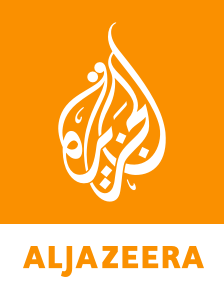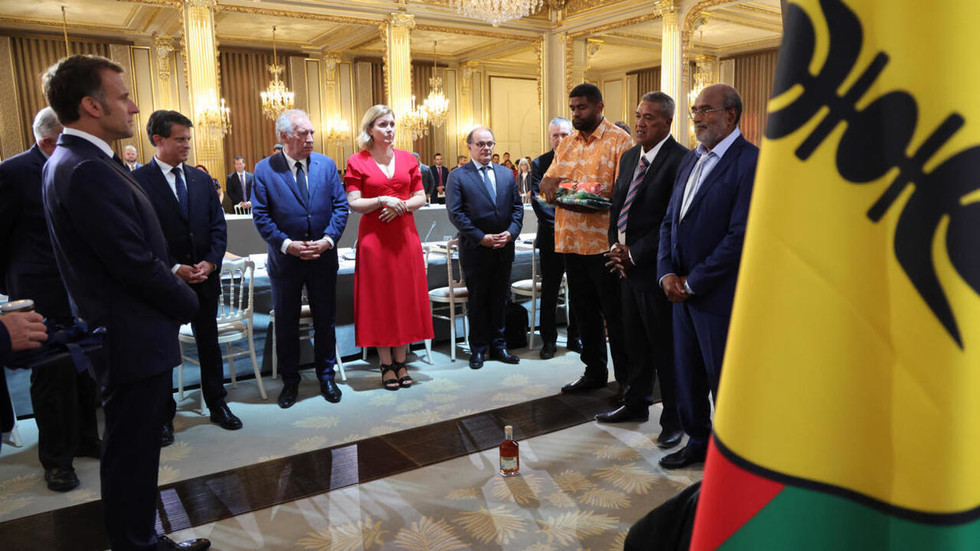Iran is a top 10 oil and gas producer, making its energy sites crucial to both regional and global markets.
Israel and Iran are engaged in attacks for a fifth straight day, with Israel targeting Iran’s nuclear facilities, military sites, oil and gas facilities, and state TV headquarters.
The escalation has raised fears of a widening conflict and turmoil in global energy markets.
Iran is one of the top global producers of oil and gas and holds the world’s second largest proven natural gas reserves and the thirdlargest crude oil reserves, according to the United States Energy Information Administration.
How big is Iran’s oil industry?
With about 157 billion barrels of proven crude oil, Iran holds about a quarter (24 percent) of the Middle East’s and 12 percent of the world’s proven oil reserves.
Iran is the ninth largest oil producer globally and the fourth largest within OPEC, producing about 3.3 million barrels of crude oil per day. It exports roughly 2 million barrels of crude and refined fuel each day.

In 2023, Iran’s net oil export revenues were estimated at $53bn, up sharply from $37bn in 2021. While Iran’s economy is relatively diversified compared with many of its neighbours, oil continues to be a critical source of government income.
However, years of limited foreign investment and international sanctions have kept Iran’s oil production well below its full potential.
After Israel’s attacks on Iran began on Friday, fears of a wider Middle East conflict sent oil prices soaring nearly 7 percent in a single day. Prices have held steady about that level since.
Where are Iran’s oil facilities?
Iran’s oil facilities are spread across several regions, mainly in the south and west of the country. These include onshore oilfields, offshore platforms, refineries, export terminals and pipelines.
Nearly all of Iran’s crude oil flows through Kharg Island, the country’s main export terminal, which handles close to 1.5 million barrels per day.
More than 20 percent of the world’s seaborne oil passes through the Strait of Hormuz, a narrow maritime chokepoint between Iran and Oman.

Major onshore oilfields include:
- Ahvaz Field – Iran’s largest oilfield and one of the biggest globally
- Gachsaran Field – second-largest Iranian field, producing light crude
- Marun Field – another high-output field near Ahvaz
- Agha Jari, Bibi Hakimeh and Karanj fields – located mostly within Khuzestan province in southwestern Iran, a key oil-producing region
Major offshore fields include:
- Abuzar, Foroozan, Doroud and Salman fields – located in the Gulf and shared with Saudi Arabia and the United Arab Emirates
Its main refineries include:
- Abadan Refinery – one of the oldest and largest refineries in the Middle East
- Tehran Refinery – supplies the capital and nearby provinces
- Isfahan, Bandar Abbas, Arak and Tabriz refineries – process various crude types for domestic use and export
How big is Iran’s gas industry?
Iran has the world’s second largest proven natural gas reserves after Russia. They are estimated at 1,200 trillion cubic feet (34 trillion cubic metres), which accounts for 16 percent of global reserves and 45 percent of OPEC’s total.
Iran is the third highest producer of natural gas behind the US and Russia with production reaching 9,361 billion cubic feet (265 billion cubic metres) in 2023, accounting for at least 6 percent of global production.
Like oil, Iran relies heavily on domestic companies to develop its gasfields due to international sanctions, which have limited foreign investment and technology access.

Where are Iran’s gas facilities?
Iran’s gas facilities are concentrated primarily in the south, especially along the Gulf, with major gasfields and processing plants.
Iran’s largest gasfield, and the largest in the world, is the South Pars field, which it shares with Qatar, where it’s known as the North Field.
Other important gasfields are the North Pars, Golshan, Ferdowsi, Kangan and Nar fields.
Iran’s main gas-processing centre is the South Pars Gas Complex, located in Bushehr province.
 (Al Jazeera)
(Al Jazeera)Which facilities has Israel attacked?
Israel has struck multiple energy facilities, including the South Pars gasfield, Fajr Jam gas plant, Shahran oil depot, Shahr Rey oil refinery and Tehran fuel depots.
 (Al Jazeera)
(Al Jazeera)
 3 weeks ago
10
3 weeks ago
10










 English (US) ·
English (US) ·